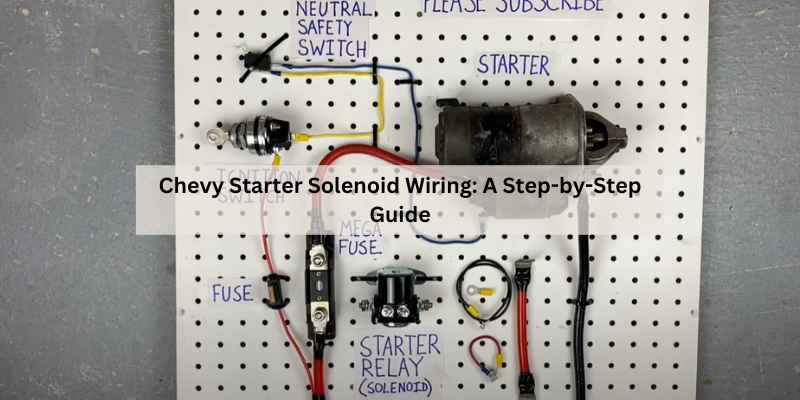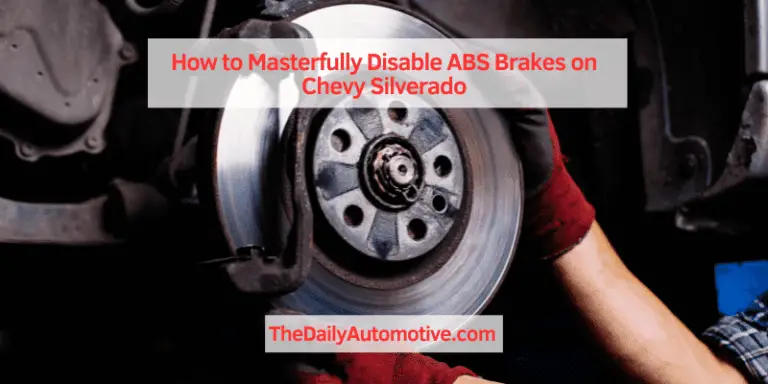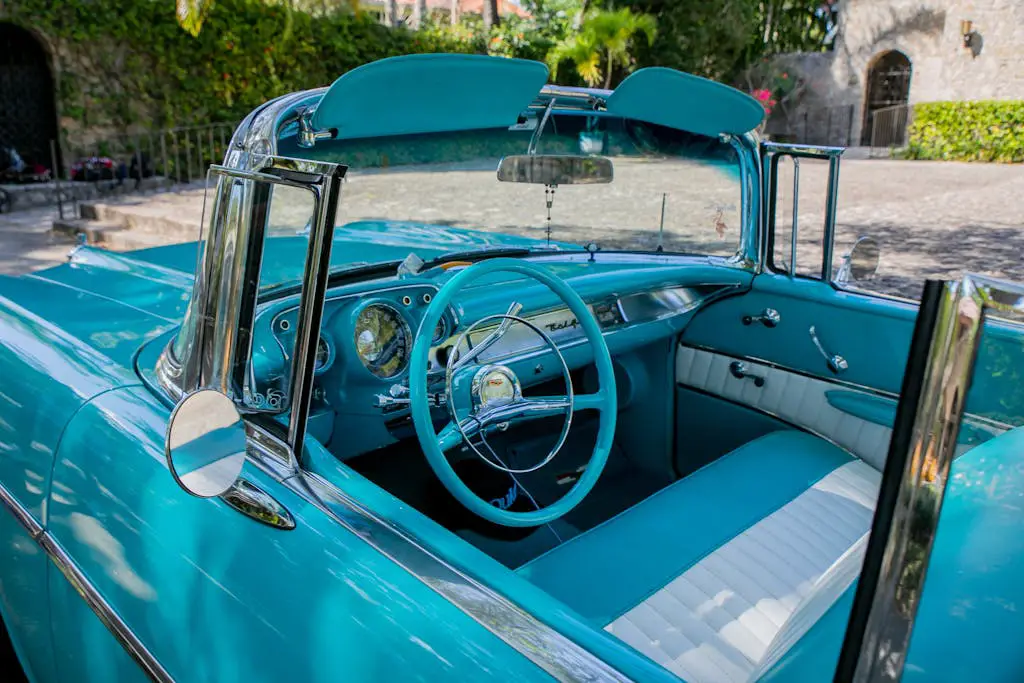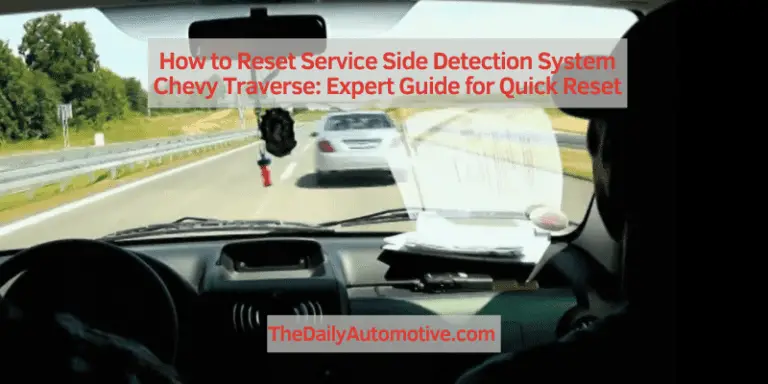Chevy Starter Solenoid Wiring: A Step-by-Step Guide
To wire a Chevy starter solenoid, connect the purple wire to the “S” terminal and the red wire to the battery. The “I” terminal usually connects to the ignition coil for an extra voltage boost.
Wiring a Chevy starter solenoid is crucial for proper engine starting. Understanding the connections ensures a reliable electrical flow. The starter solenoid acts as a switch, allowing power from the battery to start the engine. Knowing which wires connect to the “S” and “I” terminals can save time and prevent errors.
Proper installation helps avoid potential issues like engine cranking failures. This guide will walk you through the necessary steps and provide tips for successful wiring. Follow these instructions carefully to ensure your Chevy starts smoothly every time.
Introduction To Chevy Starter Solenoid Wiring
Correct wiring of the Chevy starter solenoid is crucial for optimal engine performance. Proper connections ensure that the starter engages effectively. Miswiring can lead to starting issues or damage to components.
To achieve a successful installation, several tools and materials are required. Basic tools include a wire stripper, screwdriver, and multimeter. You will also need electrical connectors, appropriate gauge wire, and a wiring diagram specific to your model.
| Tools | Materials |
|---|---|
| Wire Stripper | Electrical Connectors |
| Screwdriver | Appropriate Gauge Wire |
| Multimeter | Wiring Diagram |
Identifying Your Starter Solenoid Components
The starter solenoid has two main terminals: the ‘S’ and ‘I’ terminals. Understanding these terminals helps in proper wiring.
The ‘S’ terminal connects to the ignition switch. It receives a hot signal when starting the vehicle. This terminal is crucial for activating the solenoid.
The ‘I’ terminal connects to the ignition coil. It provides an extra boost of battery voltage during starting. This boost improves the starting process.
| Terminal | Purpose |
|---|---|
| ‘S’ | Activates the solenoid from ignition switch |
| ‘I’ | Boosts voltage to ignition coil |
Preparation Steps Before Wiring
Safety precautions are crucial before starting any wiring project. Always ensure you disconnect the battery to prevent electrical shock. This step is vital to protect yourself and your vehicle’s electrical system.
Use insulated tools to avoid accidental shorts. Wear safety goggles to shield your eyes from sparks. Avoid working in damp conditions, as moisture increases the risk of shock. Keep flammable materials away from your workspace.
Double-check all connections before reattaching the battery. Take your time and follow the wiring diagram closely. This careful preparation ensures a safe and successful wiring process.
Step-by-step Wiring Guide
To connect the ‘S’ terminal, use a purple wire. This wire connects from the ignition switch to the solenoid. Make sure the connection is tight to avoid starting issues.
For the ‘I’ terminal, attach a wire to the positive terminal of the ignition coil. This provides an extra boost of battery voltage. It helps with starting the engine smoothly.
Check the ground connection carefully. A solid ground is essential for proper operation. Look for any rust or corrosion on the ground terminal. Clean it if necessary to ensure a good connection.
Troubleshooting Common Wiring Issues
Common issues with starter solenoid wiring can prevent activation. Incorrect wiring often leads to frustrating symptoms. The solenoid may fail to engage the starter motor. This can result in a no-start condition, which is quite common.
Look for signs such as clicking sounds when turning the key. This indicates that the solenoid is trying to activate but cannot. Check for loose connections or damaged wires, as these can also cause problems. Ensure the purple wire connects to the ‘S’ terminal properly.
Testing the battery voltage at the solenoid can help. A reading below 12 volts may indicate a weak battery. Confirm that the ignition switch sends a signal to the solenoid when turned to start
Testing The Starter Solenoid
Testing the starter solenoid is essential for proper vehicle function. Conducting a bench test can identify issues easily. Start by removing the solenoid from the vehicle. Connect it to a battery and use jumper wires for testing. If it clicks, it works.
Verifying functionality in the vehicle requires a few steps. First, check all wiring connections for looseness or damage. Turn the ignition key to the start position. Listen for a clicking sound. If there’s no click, the solenoid may be faulty.
Check the battery voltage as well. A low battery can prevent the solenoid from activating. Proper maintenance keeps the starter solenoid in good condition.
Advanced Tips For Enhanced Performance
To enhance the lifespan of your starter solenoid, focus on proper maintenance. Regularly check for corrosion on connections. Clean any rust or dirt to ensure a strong electrical flow. Use dielectric grease on terminals to prevent moisture buildup.
Optimizing electrical connections is vital. Ensure all wires are properly secured and free from wear. Using the correct gauge wire helps prevent overheating. Inspect connections frequently for any signs of damage.
Consider using a solenoid relay to improve performance. This can reduce load on the ignition switch. A relay also helps to protect the solenoid from excessive heat.
Faqs On Chevy Starter Solenoid Wiring
Understanding solenoid polarity is essential for proper wiring. For most solenoids, polarity does not matter. You can connect either wire to the positive terminal. This makes installation easier and more flexible.
Choosing the right gauge wire is crucial for performance. A thicker wire can handle more current and reduces the chance of overheating. Typically, a 10 or 12-gauge wire is suitable for most starter solenoid connections.
Always ensure connections are secure and free from corrosion. This helps maintain a reliable electrical flow. Regular checks can prevent potential starting issues down the line.
Frequently Asked Questions
Which Wires Go Where On A Starter Solenoid?
Connect the battery positive cable to the large terminal. Attach the ignition wire to the “S” terminal. If present, connect the “I” terminal to the ignition coil. Ensure all connections are secure for proper operation.
What Are The S And I Terminals On A Starter Solenoid?
The “S” terminal on a starter solenoid connects to the ignition switch, activating the solenoid during starting. The “I” terminal connects to the ignition coil, providing additional voltage to assist with starting. Understanding these terminals is crucial for proper starter functionality.
Does It Matter Which Way A Solenoid Is Wired?
Yes, it does matter how a solenoid is wired. Proper wiring ensures correct functionality and prevents damage. For most solenoids, connect the positive and negative terminals according to the manufacturer’s specifications. Always refer to the wiring diagram specific to your solenoid model for accurate connections.
What Sends Power To The Starter Solenoid?
Power reaches the starter solenoid through the ignition key or button. Turning the key sends a low-voltage signal to the solenoid, activating it. This process engages the starter motor, enabling the engine to start. Proper connections ensure effective power transfer for reliable ignition.
Conclusion
Understanding Chevy starter solenoid wiring is essential for smooth vehicle operation. Proper connections ensure reliable performance and prevent starting issues. By following the guidelines outlined in this post, you can tackle wiring with confidence. Remember, accurate wiring not only enhances function but also extends the life of your vehicle’s electrical system.







